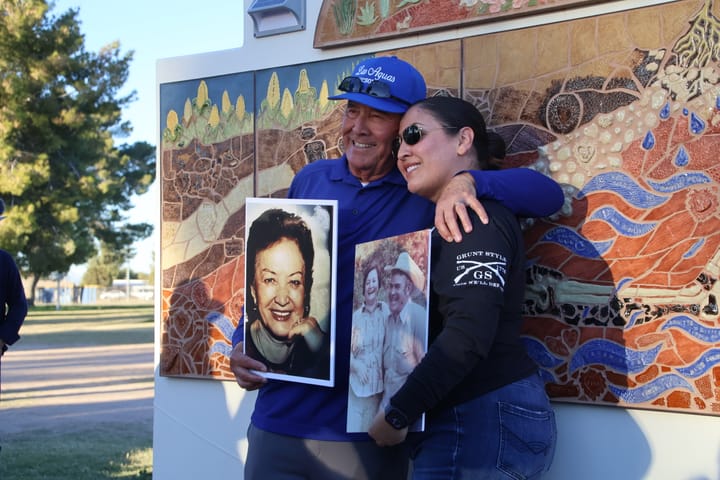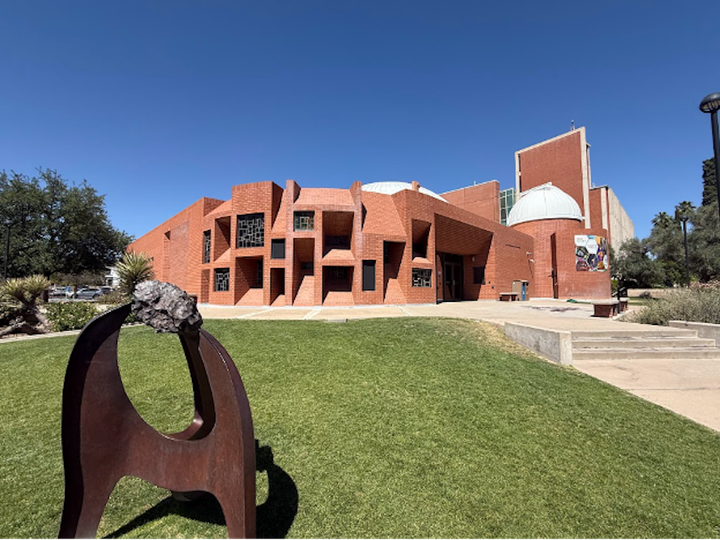Book revisits woman’s fight against Tucson’s urban renewal
Historian Lydia R. Otero’s “Storied Property” tells the story of María Cordova, who defied eviction during Tucson’s 1960s urban renewal and became a symbol of resilience amid the city’s erased Mexican American past.
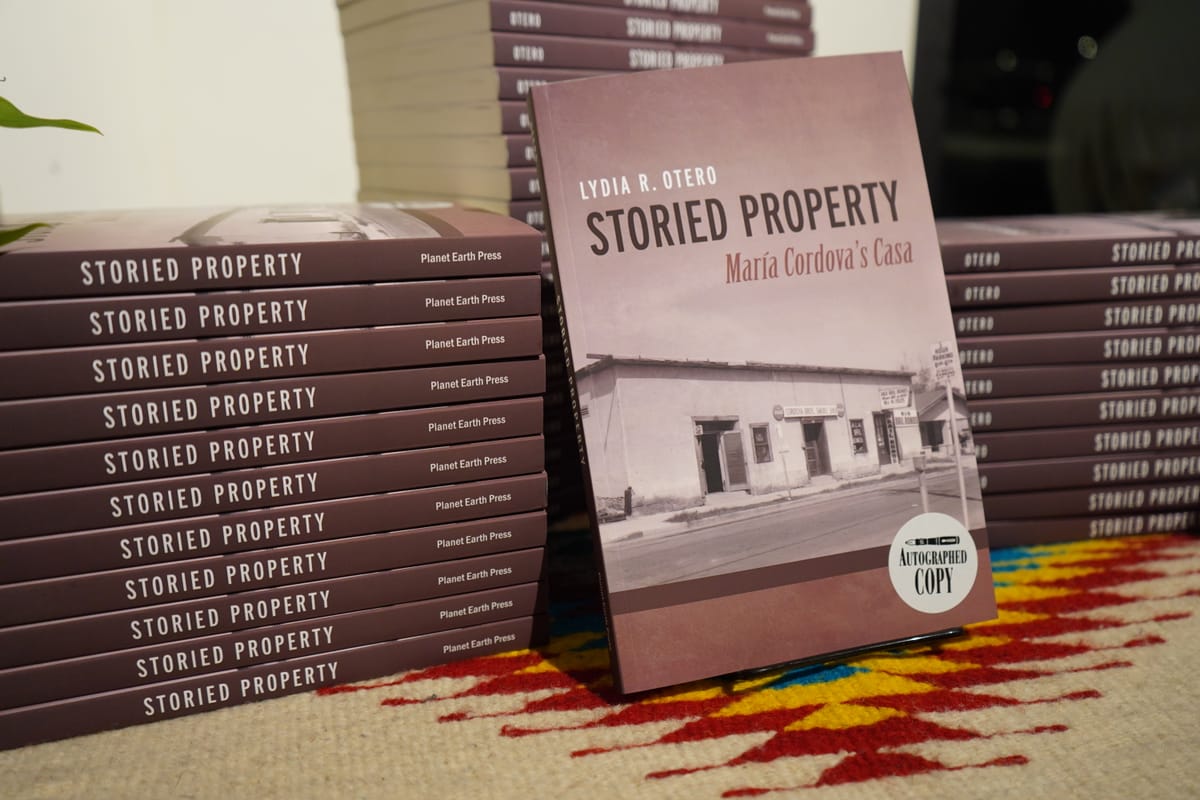
When Tucson’s urban renewal efforts in the 1960s leveled entire Mexican American neighborhoods, most residents had no choice but to leave.
But María Cordova refused.
She fought eviction in court for years, insisting her downtown adobe was Tucson’s oldest home, a fight that became the heart of historian Lydia R. Otero’s new book, “Storied Property: María Cordova’s Casa,” which explores the city’s long pattern of displacement and the erasure of its Mexican communities.
Originally settled by Spanish colonists, Tucson remained part of Mexico and retained strong Sonoran influences until the Gadsden Purchase of 1854 ceded the land to the United States.
For more than a century, a thriving Mexican community shaped the city’s culture and economy until urban renewal projects in the 1960s razed homes, businesses and entire neighborhoods. Some families relocated west and south, while others fought to remain in place.
Last week, Tucsonans gathered downtown to hear Otero talk about Cordova’s story during the soft launch of her book.
“It's a grand story about Tucson and who we are now,” Otero said. “It's these episodes of development that were made by the forces, like real estate and big-money developers, who pretty much had their way in Tucson, and pretty much their visions, which are etched in much of Tucson.”
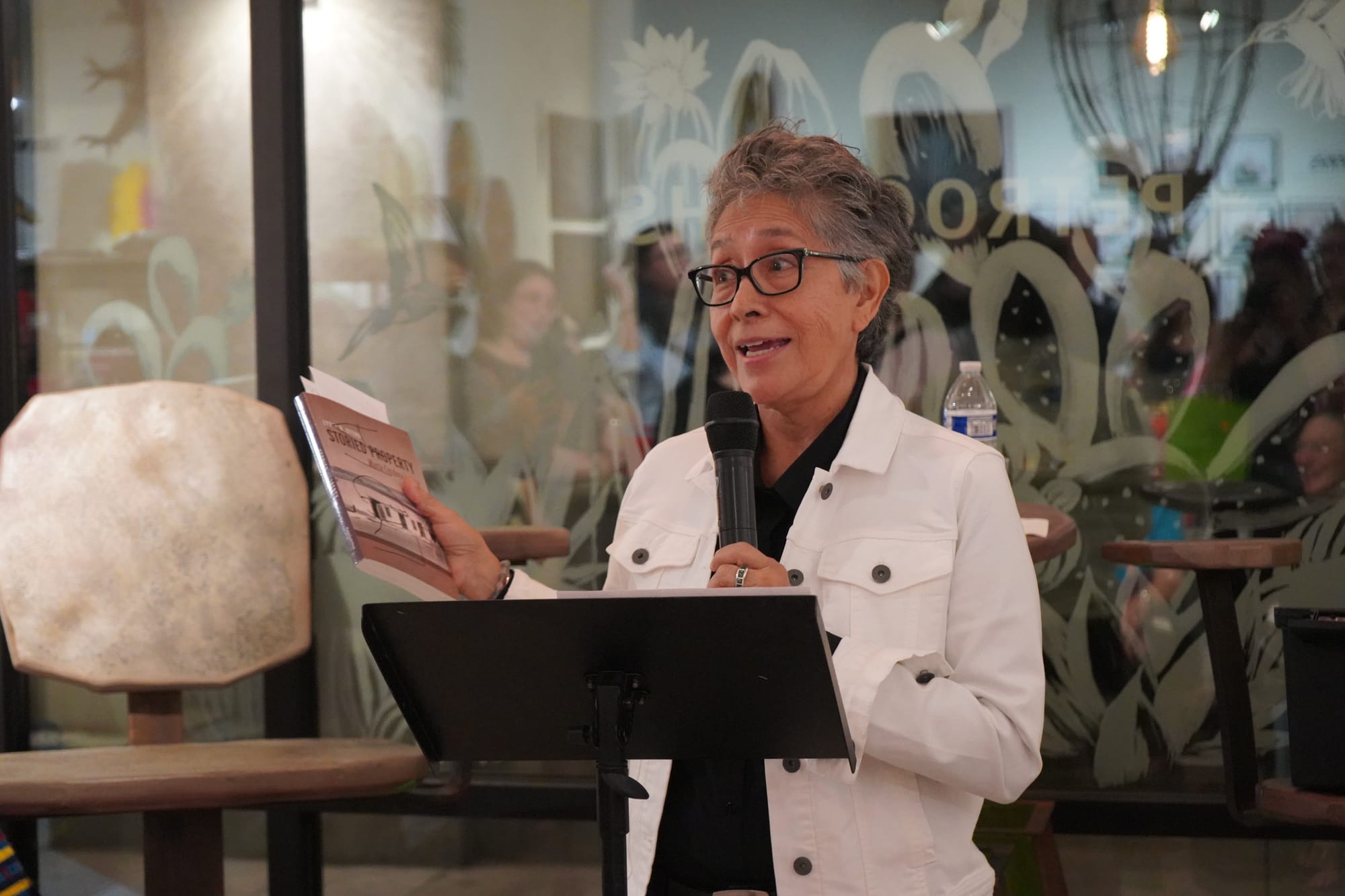
Otero’s newest book, available at local bookshops, delves into the life of Cordova, an upper-class, conservative Republican Mexican woman who migrated to Tucson in the early 1900s and moved into a home in the heart of downtown. She fought her eviction through the courts but was ultimately displaced by eminent domain.
“María Cordova was unique,” Otero said. “There were other people, maybe there were like 20, that actually took their contested eminent domain. But she took it and appealed it and appealed it and appealed it.”
While her house was turned into a museum managed by the Tucson Museum of Art, Cordova was all but forgotten. She died in 1975, three years after her eviction.
“It wasn't until 2017 that there was actually a photograph of María Cordova in that house. From 1975 to 2017, the house didn't have an image of María or anything that belonged to María Cordova,” Otero said. “That’s erasure right there.”
The book documents the court cases, the strategies María used to stay in her home, and how local officials and other major players ultimately evicted her.
“If city officials, mayors making decisions like, if they knew that in the future they would be accountable and they would be in the historical record and portrayed in a certain way, would they be more conscientious about their decisions?” Otero asked.
It’s the story of the inevitable nature of urban development at the cost of the Mexican, Chinese and Black communities that made up downtown Tucson.
“They couldn't win,” Otero said. “If the courts would have backed them up, it would have changed everything for all of urban renewal, and for the city, for the state, for these power structures, and so they couldn't win.”
Otero considers the book a sequel to “La Calle,” their earlier work detailing the Pueblo Center Redevelopment Project, Arizona’s first major urban renewal project, which targeted Tucson’s most densely populated 80 acres, mostly made up of Mexican, Chinese and Black communities.
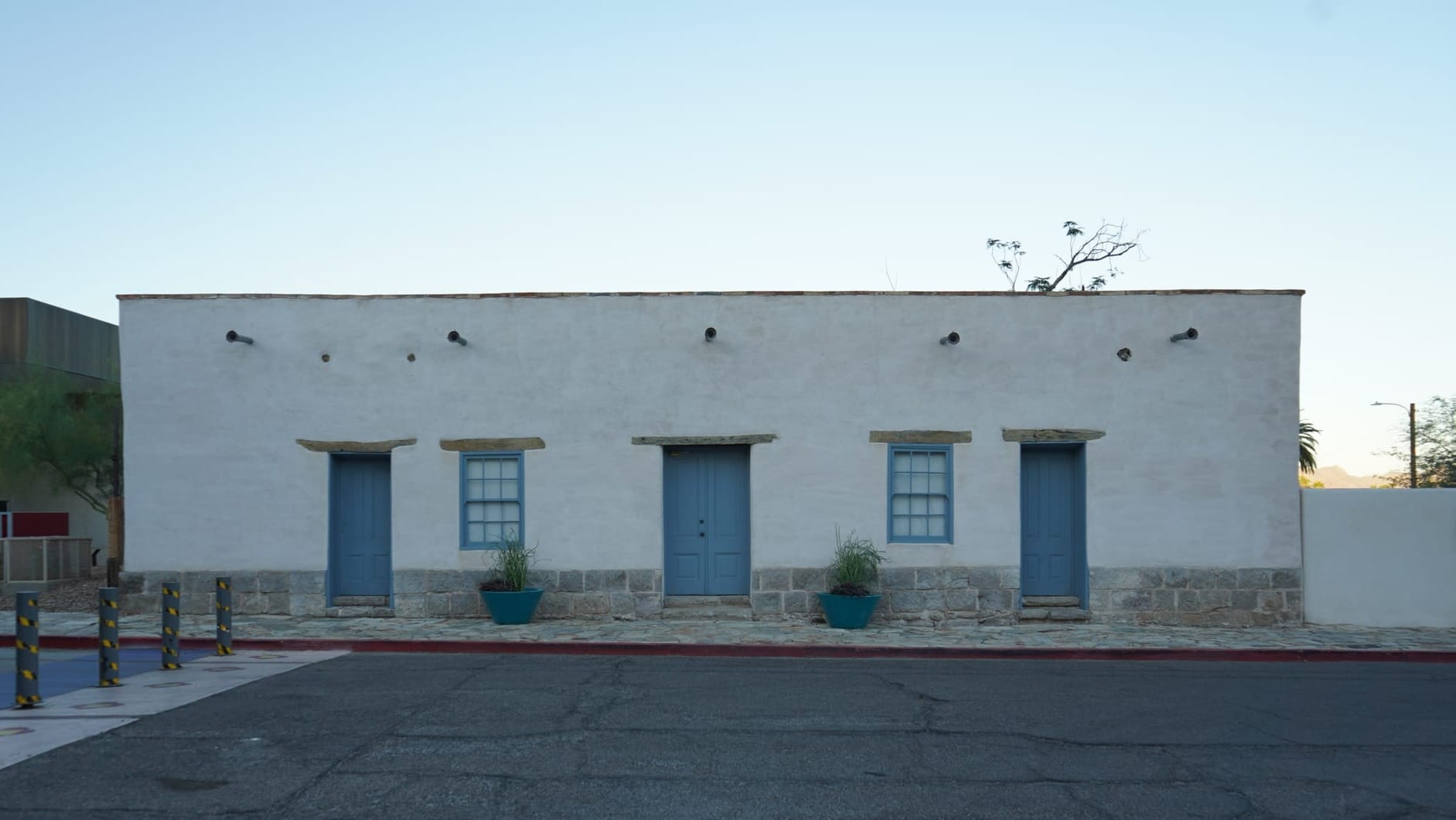
While “La Calle” serves as a foundation for the events that unfolded, “Storied Property” focuses on one family who clung to their home but fell victim to the forces of urban renewal.
Otero began writing “Storied Property” in 2012, two years after “La Calle” was published. The book left them inspired to explore more stories, such as that of Alba Torres, one of the first Mexican American columnists at the Tucson Citizen. Otero also published a memoir, “L.A. Interchanges: A Brown & Queer Memoir.” Both books gave them the experience and time to make sense of Cordova’s story and write it.
“I don't think that I'm changing the narrative because it's still going to exist parallel to mine, but I am challenging it,” Otero said. “I do see that that's an important aspect for me, because I think that returning María to her house is important.”
Cordova claimed her family’s house was Tucson’s oldest. She also claimed that her family owned a land grant that encompassed most of downtown, but the document proving its existence was never found. She litigated these claims in court, thinking it was the only way to save her house from urban renewal.
It wasn’t until decades later that the Ferguson Map, Tucson’s oldest known map, commissioned in 1862, validated Cordova's claims that her home was the oldest in the city.
Otero challenged attendees to consider what the land grant would have meant for property ownership downtown and how Tucson might look today if the document had been found.
“In some ways we've covered that history up,” Otero said. “I want to go to those sites and walk around and say that, you know, the people here, they put up a fight.”
Find more information here.
"Storied Property: María Cordova’s Casa" is available for sale at:
Petroglyphs, 160 S. Avenida del Convento #156
Antigone Books, 411 N. 4th Ave.
Desierto Books, 267 S. Avenida del Convento #105
Presidio San Agustin del Tucson Museum Gift Shop, 196 N. Court Ave.
Susan Barnett is a freelance journalist in Tucson and a University of Arizona alum. Contact her at SBarnett.journalism@gmail.com.
Tucson Spotlight is a community-based newsroom that provides paid opportunities for students and rising journalists in Southern Arizona. Please consider supporting our work with a tax-deductible donation.

